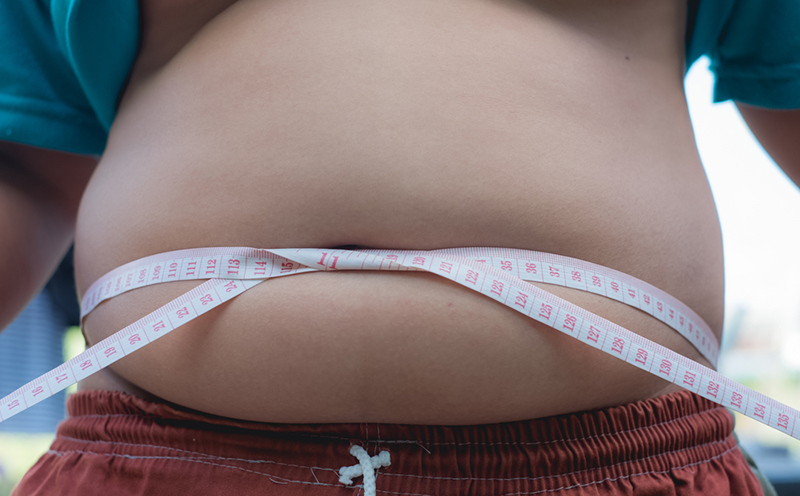Volume 114, Nº 3, March 2020
DOI: https://doi.org/10.36660/abc.20190043
ORIGINAL ARTICLE
Waist Circumference Percentiles and Cut-Off Values for Obesity in a Large Sample of Students from 6 To 10 Years Old Of The São Paulo State, Brazil
José Luiz F. Santos
Valentin P. Valério
Rafael N. Fernandes
Ligia Duarte
Antonio C. Assumpção
Jayme Guerreiro
Antonio L. Sickler
Álvaro A. R. Lemos
Jayro G. Goulart Filho
Luiz Antonio Machado Cesar
Ibraim Masciarelli Pinto
Carlos Magalhães
Maria Fernanda Hussid
Cleber Camacho
AlvaroAvezum
Carine T. Sangaleti
Fernanda Marciano Consolim-Colombo

Abstract
Backgroud: The prevalence of obesity has systematically been increased in the population, including children and adolescents, around the world.
Objectives: To describe reference percentile curves for waist circumference (WC) in Brazilian children and provide cut‑off values of WC to identify children at risk for obesity.
Methods: A multicenter, prospective, cross-sectional study was performed with children aged from 6 to 10 years old, enrolled in public and private elementary schools from 13 cities of the São Paulo State. Height, weight, and WC were measured in duplicate in 22,000 children (11,199 boys). To establish the WC best cut-off value for obesity diagnosis, ROC curves with children classified as normal weight and obese were calculated, according to BMI curves, stratified by gender and age, and the Youden Index was utilized as the maximum potential effectiveness of this biomarker. A p < 0.05 was considered statistically significant.
Results: WC values increased with age in both boys and girls. The prevalence of obesity in each age group varied from 17% (6 years old) to 21.6% (9 years old) among boys, and from 14.1% (7 years old) to 17.3 % (9 years old) among girls. ROC analyses have shown the 75th percentile as a cut-off for obesity risk, and the diagnosis of obesity is classified on the 85th percentile or more.
Conclusion: Age and gender specific reference curves of WC for Brazilian children and cut-off values for obesity risk may be used for national screening and interventional studies to reduce the obesity burden in Brazil. (Arq Bras Cardiol. 2020; 114(3):530-537)
Keywords: Child; Waist Circunference/physiology; Obesity, Students; Parameters; Anthropometry.















